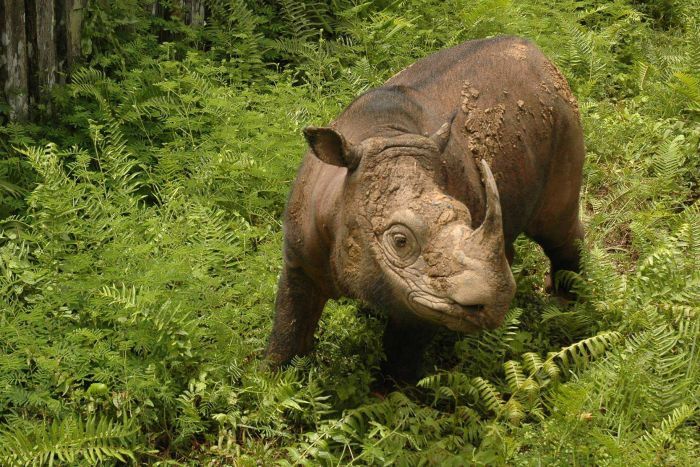The Sumatran Rhino was once a heavily settled species in Asia. They could be found anywhere from the Himalayas to South East Asia. Today, it is believed that only 30 to 80 Sumatran rhinos remain in the wild after suffering through the human actions of poaching and deforestation.

Photo from WWF Malaysia
(1 Million Species at Risk of Extinction Because of Humans)
Malaysia’s last hope of repopulating their own species was only recently lost. Tam, their last Male Sumatran rhino, passed away last May 27 due to old age and multiple organ failure. His keepers at the Tabin Wildlife Reserve had noticed the changes in his health back in April. Though the proper attention had been given by the staff and veterinarians, the 30-35-year-old rhino was unfortunately overcome by the health complications.
(This Panda Daycare is the cutest thing you’ll see today)
He leaves behind Iman, a female rhino of the same species. Though there were previous attempts to mate Tam with Iman and Puntung (another now-deceased rhino), none were ever successful. Puntung was discovered infertile due to a poaching injury while Iman had developed a cyst in her reproductive tract. Tam also had ‘low-quality sperm’.
(The Yangtze Giant Softshell Turtle Nears Extinction as One of the Last Four of Its Kind Dies)
However, a small silver lining is that Tam’s genome is being preserved as genetic material. This may prove useful in the near future should cell and molecular technologies advance to a certain point. There is also hope in the remaining Sumatran Rhinos of other countries, where a collective 20 unrelated rhinos may still repopulate the species.
(Philippine Eagles are Being Sent to Singapore for Their Conservation)
The hardest hurdle to overcome will be deforestation which pushes theses rhinos farther and farther away from each other. As they are forced into smaller and more isolated groups, their opportunities to breed are depleted. While there are a few rhinos in protected captivity, the challenge truly lies with the rhinos left in the wild who simply have to find one another.
What do you think can be done to lessen the rapid extinction of species?





